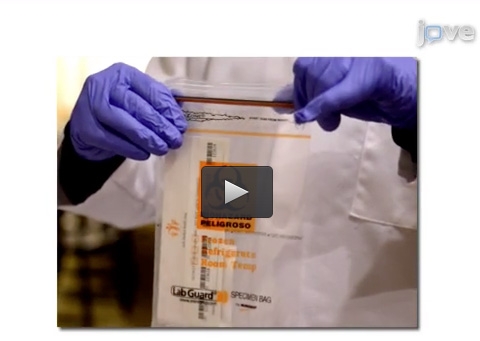Abstract:
Objectives. To examine whether workplace interventions to increase workplace flexibility and supervisor support and decrease work–family conflict can reduce cardiometabolic risk. Methods. We randomly assigned employees from information technology (n = 555) and long-term care (n = 973) industries in the United States to the Work, Family and Health Network intervention or usual practice (we collected the data 2009–2013). We calculated a validated cardiometabolic risk score (CRS) based on resting blood pressure, HbA1c (glycated hemoglobin), HDL (high-density lipoprotein) and total cholesterol, height and weight (body mass index), and tobacco consumption. We compared changes in baseline CRS to 12-month follow-up. Results. There was no significant main effect on CRS associated with the intervention in either industry. However, significant interaction effects revealed that the intervention improved CRS at the 12-month follow-up among intervention participants in both industries with a higher baseline CRS. Age also moderated intervention effects: older employees had significantly larger reductions in CRS at 12 months than did younger employees. Conclusions. The intervention benefited employee health by reducing CRS equivalent to 5 to 10 years of age-related changes for those with a higher baseline CRS and for older employees. Trial Registration. ClinicalTrials.gov Identifier: NCT02050204. (Am J Public Health. 2023;113(12):1322–1331.
https://doi.org/10.2105/AJPH.2023.307413)
Website

